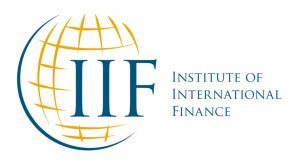
The IIF, which represents global banks and financial institutions, said the first-quarter debt-to-GDP ratio jumped by over 10 percentage points, the largest quarterly surge on record, to reach a record 331%.
While the rise in debt levels was well below average quarterly gains seen from 2015 to 2019, the pace of global debt build-up by governments, companies, financial institutions and households had accelerated since March, it said.
Overall gross debt issuance hit an “eye-watering” record of $12.5 trillion in the second quarter, compared with a quarterly average of $5.5 trillion in 2019, the IIF said. It noted that 60% of those issues came from governments.
“While increasing debt levels raise concerns about debt sustainability, over 92% of government debt is investment-grade,” the report said.
Debt in mature markets topped 392% of GDP, up from 380% in 2019, with the rise in debt ratios outside the financial sector most pronounced in Canada, France, Norway and the United States. U.S. debt made up half of the total $185 trillion of debt in mature markets.
Debt-to-GDP ratios jumped to 230% in emerging markets in the first quarter from 220%, but the U.S. dollar value of debt fell by $700 million to $72.5 trillion, largely due to a depreciation in emerging market currencies against the U.S. dollar, the IIF said.
It said China’s debt across all sectors was on track to hit 335% of GDP after increasing to 318% in the first quarter from 302%, the largest quarterly surge on record. About 60% of the debt build-up was due to non-financial corporates, it said.
The group said some $3.7 trillion of emerging market debt would come due through the end of 2020, and was set to rise to $4 trillion in 2021.
